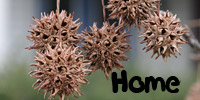
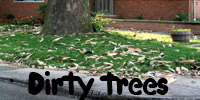
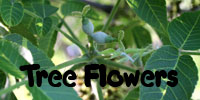
|
Dirty trees
tulip-tree, European linden,
honey-locust, red ash Norway maple and sweet-gum
Tulip-tree (Liriodendron tulipifera,
family Magnoliaceae) is a native forest giant sometimes planted in
lawns, parks, and cemeteries. In late May it abundantly produces large
flowers, superficially resembling those of tulips.
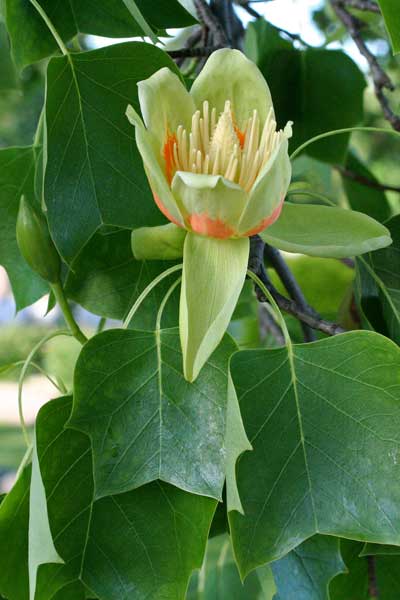
Tulip-tree flowering.
After flowering, the petals fall to the ground, looking like festive little pieces of ribbon.
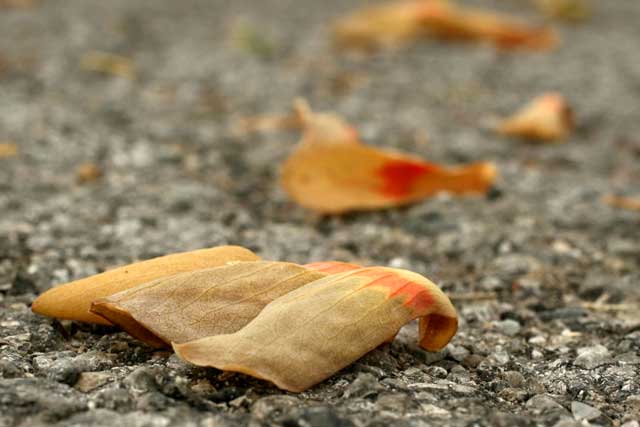
Tulip-tree petals on the ground, May 26, 2008, Union Cemetery, Columbus, Ohio..
European linden (Tilia europea, family Tiliaceae) is a commonly planted street tree, similar to our basswood (T. americana).
It abundantly bears small yellow flowers in
few-flowered clusters fused to a distinctive leaf-like bract.
In late June, vast numbers of shed petals and spent stamens litter
the ground beneath the trees, along with a few entire flower clusters.
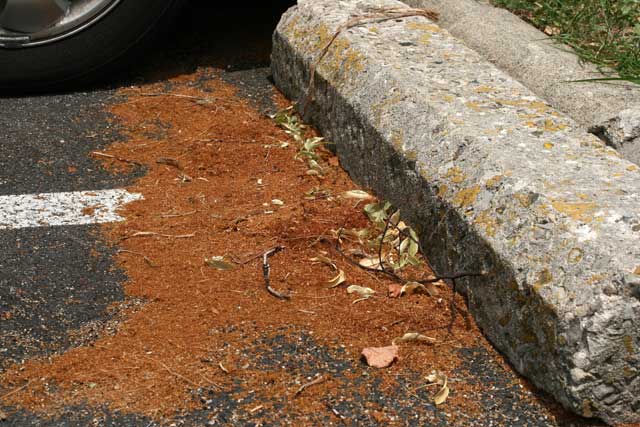
European linden flower parts and flower clusters cover the ground, June 25, 2008, Columbus, Ohio.
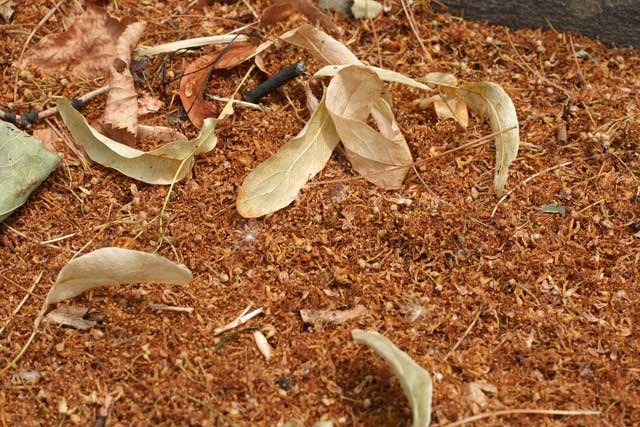
European linden flowers clusters on the ground, June 25, 2008, Columbus, Ohio.
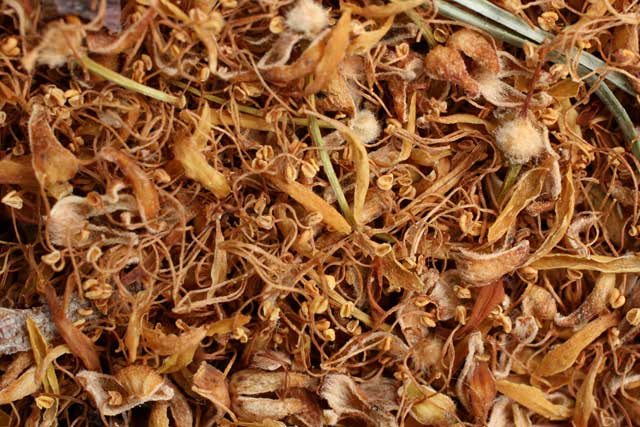
Closeup of European linden petals and stamens on the ground, June 25, 2008, Columbus, Ohio.
Honey-locust (Gleditsia triacanthos, family Caesalpinaceae) is a
native tree that is often planted as a street tree partly because its
teeny-tiny leaflets don't require raking. The female trees though can
be pesky for sure, as the strap-shaped legumes gracefully adorn the
streets and sidewalks beneath them.
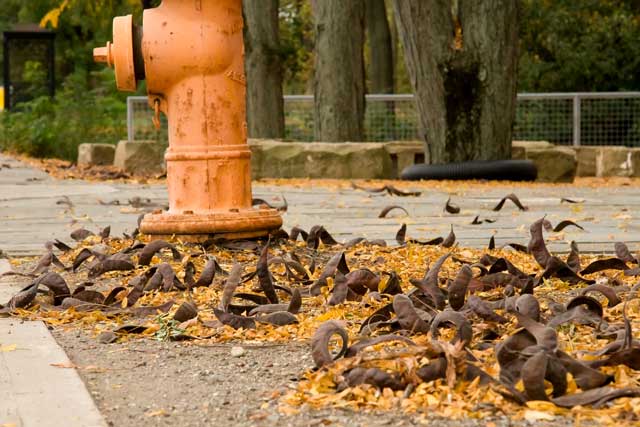
Honey-locust fruits grace the ground along North High Street in Columbus, Ohio, October 17, 2008.
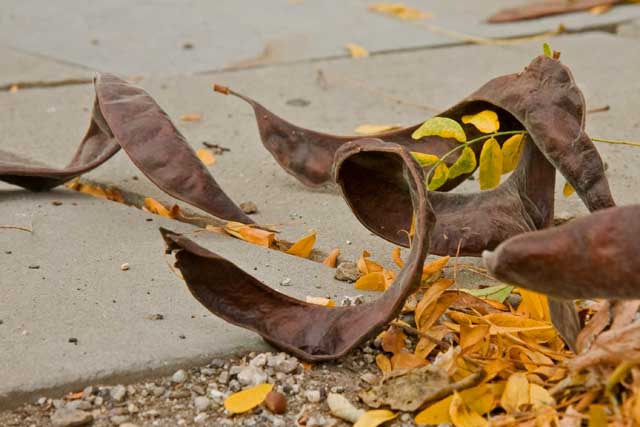
Honey-locust fruit, October 17, 2008, Columbus, Ohio.
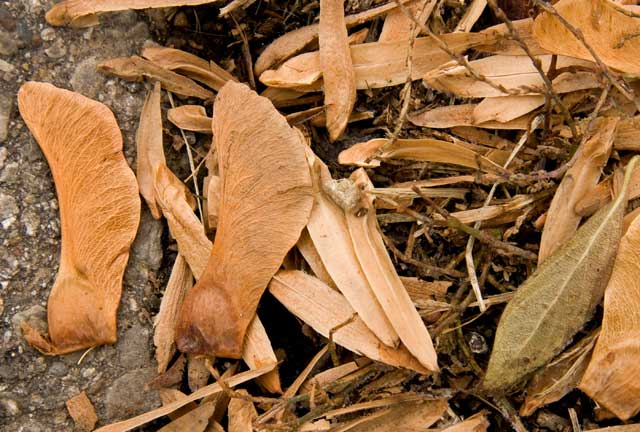
Tulip-tree and Norway maple samaras on the ground, November 18, 2008, Columbus, Ohio..
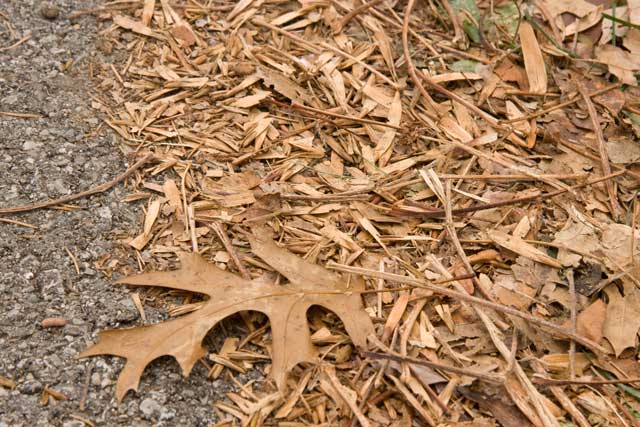
Red ash and tulip-tree samaras decorate the roadside, November 19, 2008, Columus, Ohio.
Sweetgum (Liquidambar styraciflua, family
Hamamelidaceae) produces spiny globe-shaped multiple fruits that are
clusters of many 1-2 seeded capsules.
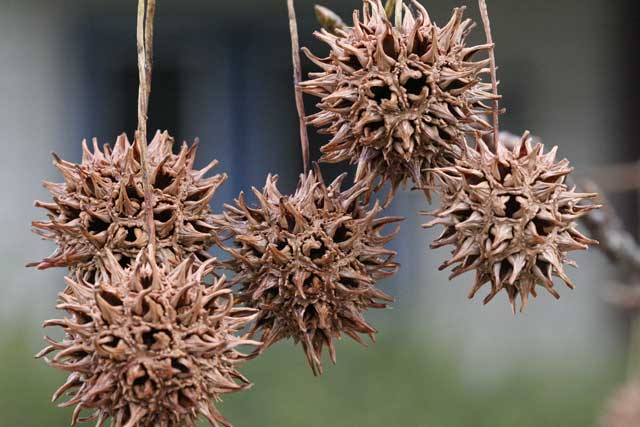
Sweetgum fruits are multiples of 1-2 seeded capsules.
Sweetgum is most noted for its tendency to
litter the ground with the spiny balls, but careful observers (and
goldfinches) are drawn to the seeds. Each capsule produces 1-2 winged
seeds along with numerous small fragments of some mysterious corky
material. Being winged, the seeds look a lot like small samaras but
they aren't samaras because samaras are one-seeded fruits, not the
seeds themselves, as these are.
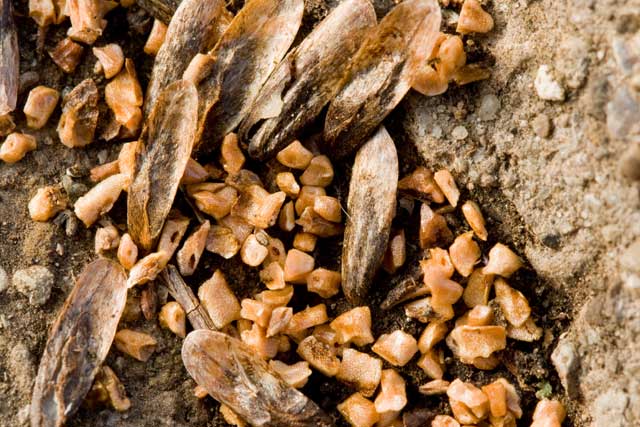
Sweetgum seeds and mysterious corky material packed with the seeds, December 7, 2008, Columbus, Ohio.
"Dirty trees" might be a nuisance at
times, but that's a small price to pay for the fascinating glimpse they
provide into the world of plant adaptations. Carbon sequestration is
good too!
|

